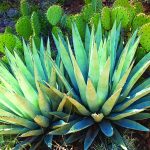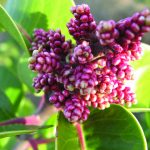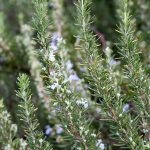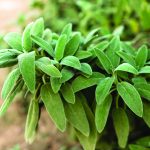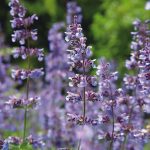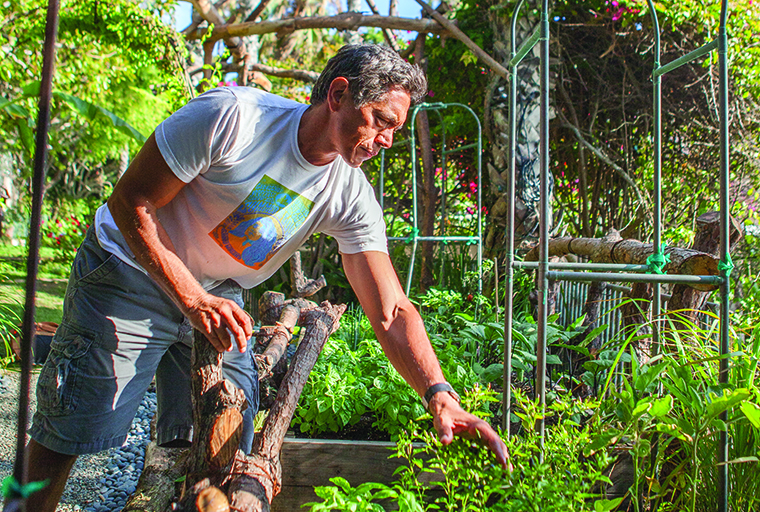
Hot summers and frosty winters in the canyon. Harsh salt and wind near the ocean. These dramatic seasonal variances in Laguna’s distinct microclimates can wreak havoc on backyard gardens.
“Truthfully, [most] people don’t realize that there’s a difference,” says Ruben Flores, owner of landscape design firm Visionscape. “… In a canyon, the weather is held into a space better, whereas on a coast, the coolness just flows away.”
Also in the canyon, steep slopes combined with homes and trees create shadows that leave some areas devoid of sunshine, hindering the growth of certain plants. Conversely, Laguna’s coast often trades trees in favor of shorter shrubs and bushes to preserve ocean views, allowing more light to flood in. While temperatures don’t fluctuate tremendously along the coast, the autumn season brings some benefits.
“What does happen in the fall time is the water stays in the soil a little longer because it’s not drying out [as quickly],” says Ruben, who is also the former owner of Laguna Nursery, which closed over the summer. That means less water is required than in warmer months to keep a new plant’s roots alive.
These are all important factors in selecting plants to add to your space this fall, which is generally considered a good time to introduce new vegetation. “Basically, what you’re trying to do is get the plant to go through the least amount of upset,” Ruben explains.
“[Fall] is a perfect time to plant because of its cool weather, and the rains hopefully are coming,” adds Ann Christoph, a landscape architect and former mayor who helped establish the South Laguna Community Garden. She adds that it’s also the right season to get winter plants going for vegetable gardens—if you start them in the summer, the heat tends to promote fungus and they don’t do as well.
So grab a shovel, don those gloves and clear a spot to grow some produce, medicinal plants and herbs. Choose wisely for your landscape and you might be able to create a more sustainable lifestyle right in your backyard.
Canyon Conundrum
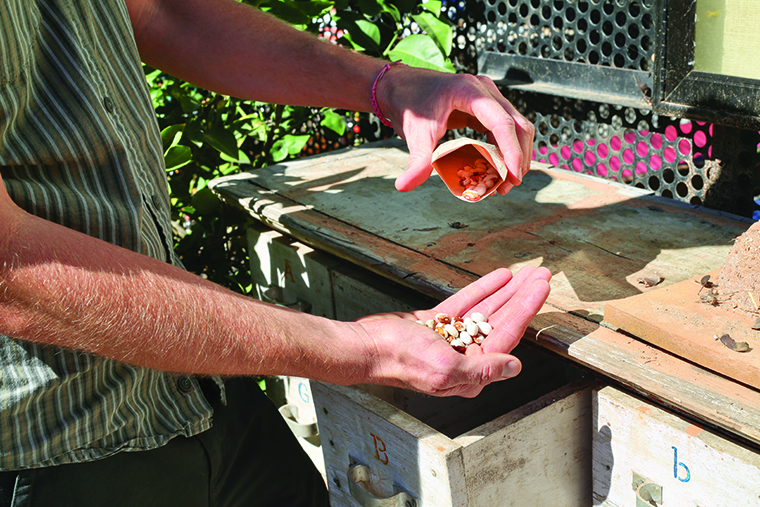
Set between towering hillsides, the canyon is a study in extremes: hot summers and cold winters, both more intense than at the coast.
“In the canyon, you get a freeze, so that’s going to be the limiting factor,” Ruben says of tender plants that can’t endure the low temperatures. “… Oftentimes, the coolness is what stops you from having great crops.”
However, Ruben notes that this freeze is actually necessary for some plants to generate fruit. “Apple [trees] require a certain amount of chill hours in order for them to produce good-sized apples,” he suggests. “If you look at, say, a Fuji apple that requires 300 hours of a chill, we might get 50 on the coast. But, in the canyon, in some areas, you might actually get that 300 hours.”
Stone fruits (named for their large, hard seeds) like peaches, plums and apricots also prefer the canyon cold, Ann adds. “All these more back East-type of trees will do better in the canyon in the right spot than they would on the coast,” she explains.
The canyon also enjoys summer heat that extends into fall, allowing some common garden picks to prosper. Tomatoes—as well as vegetables and herbs—will do better in the canyon because it’s hotter, less foggy and drier, according to Ruben. In years when it’s warmer and less overcast, these plants tend to grow even bigger and prove more productive. Lavender, used in some recipes and for aromatherapy, is another good choice in the canyon’s hotter and rockier conditions.
Of course, temperature isn’t the only aspect to take into account. “The other thing about the canyon is parts of it can be very shaded,” Ann says. “There are parts of the canyon like at Big Bend, where in winter you get almost no direct sunlight, so there are certain pockets in the canyon where you would not have much success with your vegetable garden.”
When dealing with these limitations, choosing the right location is key. Tomatoes need lots of sun, so make sure to place them in an area that receives plenty of rays. If you don’t have a space in direct light, it’s best to choose a different type of plant or expect to be disappointed with the results.
Ruben offers another idea for planting edibles in the canyon, which dovetails with a trend that has gained popularity in recent years. “Sustainability is a big thing right now,” he says. “… It’s basically, ‘Can you live off of what you’re growing in your gardens?’ I mean it’s kind of silly now to grow a boxwood hedge, which nobody eats or uses for fragrance or uses for cleaning.”
He proposes opting for a blueberry bush—which would do just a little better in the canyon’s cooler climate—to provide some type of formal border around the yard. As he says, “How great is it if you have a hedge that also gives you fruit?”
Ocean-Side Options
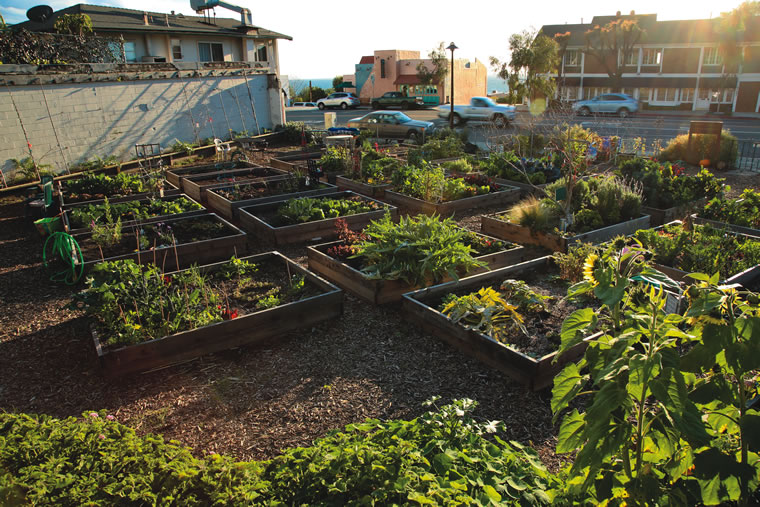
Closer to the coast, the temperatures are more even—without the summer and winter spikes found inland. “The South Laguna Community Garden has an excellent winter garden opportunity,” Ann says of the lettuce, arugula, kale, broccoli, cabbage, carrots, turnips and similar crops.
However, one challenge, particularly at oceanfront properties, is the abrasive and drying salt-laden wind. “The dew in the morning along the coast is very salty,” Ruben says. “If you go lick a leaf, seriously, … it’s all full of salt … like how you feel when you leave the beach after the day and you feel that crustiness on your skin.”
Thick-skinned succulents—including aloe vera, which has juices used to treat minor skin abrasions, dandruff, sunburns and more—can stand up to the harsh salt on the coast even though they might not tolerate the canyon’s cold. They’re made up of mostly water, which means they freeze easily, Ruben says. “[However], a lot of plants can’t handle the saltiness in the air and the breeze and the dew,” he says. “So that can be a limiting factor for some plants. … Montage is a good example. They tried to plant a few apple trees and they burned [from the salt] just because they’re so close to the ocean.”
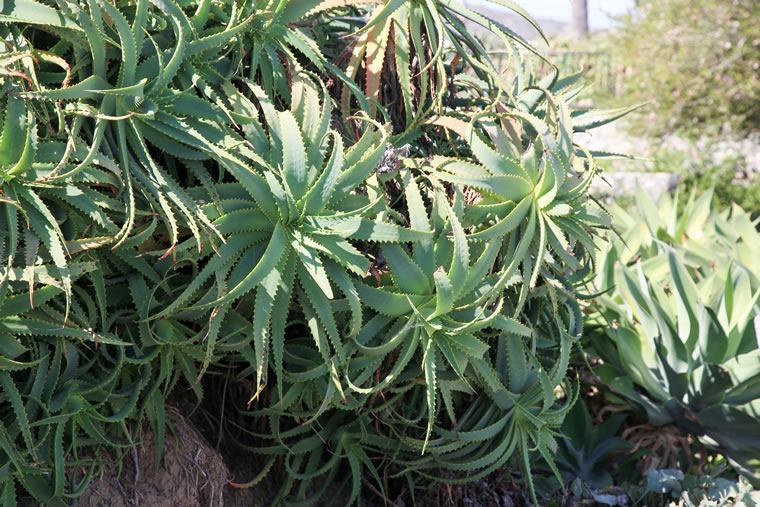
Ruben suggests one way to curtail the effect is to wash the salt off with a garden hose, letting the water refresh the leaves and then trickle down into the soil rather than wetting near the ground. Another option is to use a heartier plant to block the salt and wind.
“If you have what I call a salt-catcher, and that would be a tree like … a New Zealand Christmas tree—that tree is just like nails—it gets the salt, it gets the wind, it gets the dew,” he explains. This evergreen tree, with red blooms that resemble bottlebrush, can protect an apple tree situated on an ocean-facing hillside. Some apple varieties to try at the coast include Anna, which requires about 150 chill hours, and Dorsett Golden, which needs approximately 100 hours.
A few blocks from the sea, away from the brunt of the breeze—or in yards near the beach where the gardener is willing to wash salt off leaves—other fruit-bearing plants will thrive. “The coast can take so many more subtropical plants that are tender and would not survive frost; they will do excellent along the coast,” Ann says. She suggests pineapple guava, one of her favorites, as well as strawberry guava and citrus.
She does note that when the coast is overcast for long periods of time, it won’t be a good year for fruit production: “We have such a variation in the weather; every single summer is different,” she explains. But for those willing to ride out those unpredictable conditions, bananas and macadamia nuts are among edibles that do well here. Make sure to get a variety with shells that are easy to open—Ann’s ended up breaking a few nutcrackers.
Most of all, Ann encourages people to think outside the box and plant something like a cherimoya, a tropical fruit native to South America. “They’re so good and they’re so hard to find,” she says. “The theory is for home gardeners in Laguna, you should plant plants that are not available in the market. You know, why waste your time growing a regular lemon? Grow something that you can’t buy. … We only have limited space for these things, so plant something that’s really special.”
—Written by Sharon Stello
Versatile Varieties
In light of the drought, the best species to choose for a garden are California natives and others requiring minimal irrigation. Local landscape designers Ruben Flores and Ann Christoph share a few recommendations that work well for canyon and coast, are water-wise, and serve an aesthetic and functional purpose.
“Lemonadeberry08” photo by Justin Taylor/CC BY 2.0


